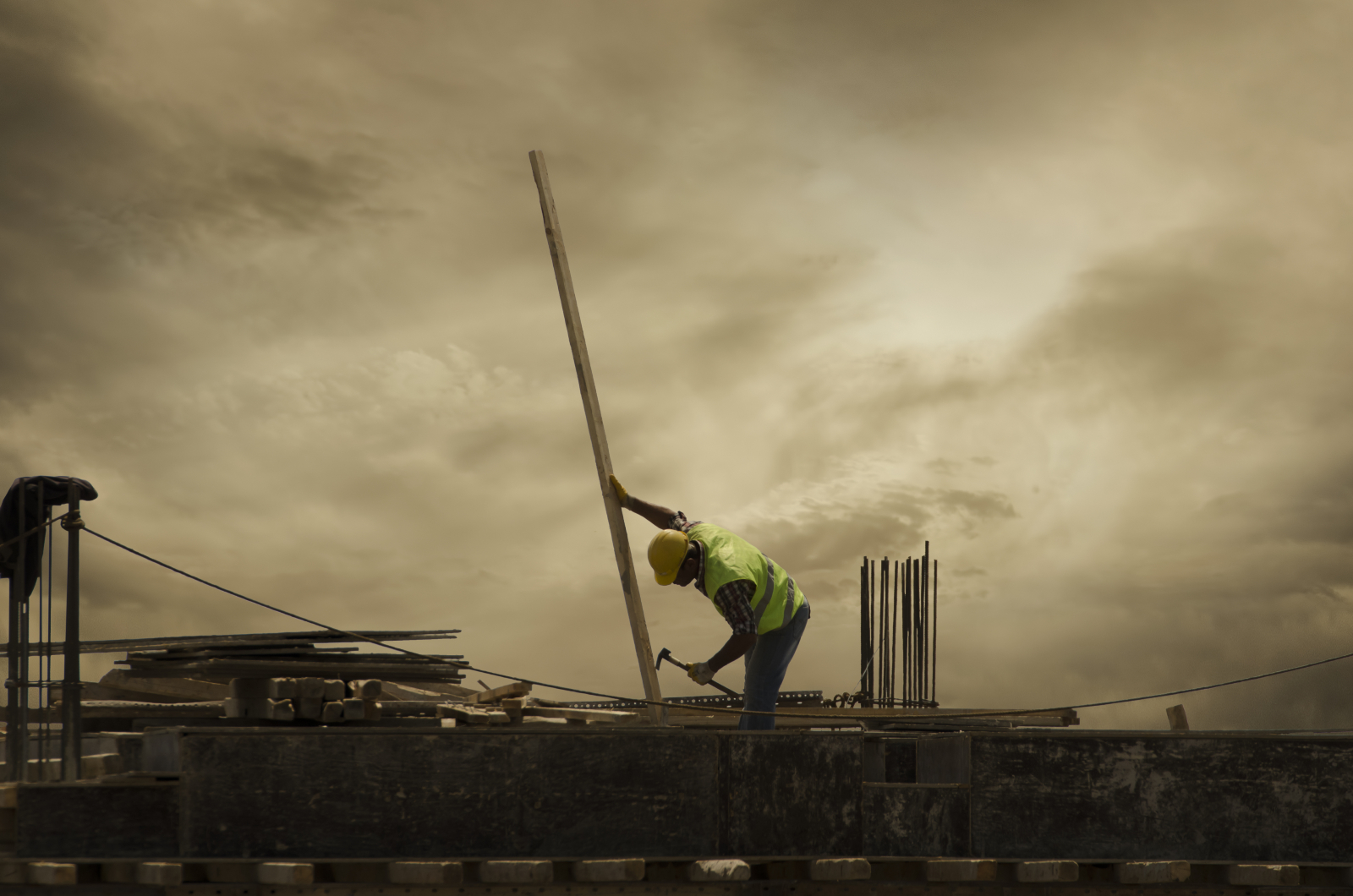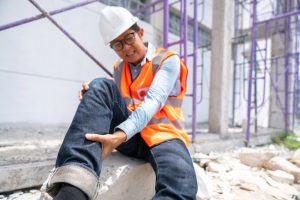
While fatal injuries in construction have declined over recent years, there are still 54,000 non-fatal injuries in the sector each year, with slips, trips and falls among the most common accidents.
Safety problems can be much more serious in cases of lone/ isolated working and it’s important to note that in construction this doesn’t refer only to the unlikely scenario where an operative would be the only person on site; it can be a situation where the operative is stationed away from others and therefore at greater risk because there’s no-one else in the near vicinity to support them with a risk-associated activity or to watch their back. In current times of social distancing, this is something everyone in construction needs to be especially aware of.
What are the risks?

Throughout their day, any lone worker on a construction site might be exposed to several risks which could result in accident/ injury and or have long-ranging health consequences. Examples include:
- Injury caused by close proximity with moving vehicles and heavy plant machinery
- Slips, trips and falls from the same level or from height
- Exposure to hazardous substances (e.g. asbestos)
- Injuries arising from the use of hand-held power tools, including cuts, sprains and vibration syndrome
- Hearing damage caused by noise
- Injury from unintentional building or material collapse
- Mental ill-health (there were 16,000 cases of work-related stress, depression and anxiety in construction workers last year).
Who’s responsible?
Construction companies and those working within their management structures have a clear duty of care around their workers’ safety and wellbeing. That means carrying out risk assessments which account for the changing nature of a site and its implications for lone workers; providing people with all necessary personal safety equipment; ensuring all tools and machinery are fit-for-purpose and meet current safety standards; ensuring all operatives are given the training and guidelines they need to follow within all working situations, including lone working; building a culture where workers are encouraged to report their concerns; and putting into place a monitoring system for lone workers across sites and tasks.
Site operatives have their part to play too. They must follow the safeguarding guidelines issues to them by management; be ultra-vigilant and take some additional precautions to keep themselves protected from harm; and be prepared to speak up if they feel something is not as it should be and potentially putting them at greater risk.
Top recommendations for operatives
- Always wear the appropriate PPE – e.g. hard hats, gloves, eye protection, high-visibility clothing, safety harnesses and footwear. If you’re every unsure about what’s required, ask your employer to clarify this before starting work.
- Take time to check the safety of your working area – especially if you are working at height. Make sure scaffolding is secure and correct safety fencing or fall protection nets are placed around holes and unsafe areas. Stay vigilant and report any issues to your Foreman or Supervisor.
- When you know you have to work alone in a particular area of the site, make sure there are other people who are aware of it. Someone should be checking in with you regularly to make sure your whereabouts and safety is accounted for.
- Carry a mobile phone or personal safety device so that, in the event of an emergency, you can call for help.
- Keep a supply of basic first aid equipment on hand for minor injuries.
- Be especially careful with electricity and operating machinery. Follow safety precautions to the letter and only use equipment if you have been properly trained to do so.
- Avoid leaving tools and heavy equipment in places at height, especially on scaffolding and be careful not to exceed weight limits.
- When using ladders, always maintain three points of contact. Two with both feet and at least one hand placed on the rungs at all times. Before climbing steps or ladders, inspect for signs of damage and replace if necessary.
What else could be done?
Well another option could be the use of wearable smart tech which can track and record data about workers in real-time, brining significant safety benefits for lone workers.
Wearables that offer geo-location tracking that could improve safety monitoring for lone workers. (The Royal Society for the Prevention of Accidents have already begun using tracking devices to monitor locations of consultants out in the field.) And, devices capable of monitoring core health parameters like blood pressure, heart rate and oxygen levels could be used to prevent fatigue-related injuries.
As anyone who works in construction will know, it’s almost impossible to eradicate all the risks. That said, when there are simple steps which make the work safer, everyone should take them!
19.08.2020
Main image: Sondem/Shutterstock.com
Secondary image: Freepik








